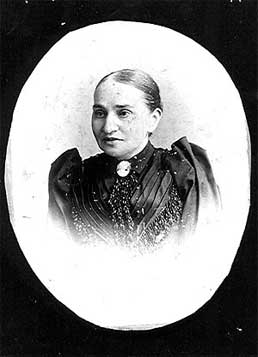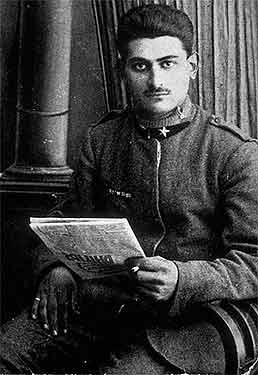My husband and I recently spent time with our son and his girlfriend in New York. They took us to see the Tenement Museum in Manhattan, which explains what life was like at various points in time in a tenement building at 97 Orchard Street on the lower East Side.
This tenement was built in 1863 and initially was owned by Lukas Glockner, a German immigrant who lived there with his family. There were 28 apartments in the building, none of which had running water or indoor plumbing in 1863. Later in the 19th century, New York City ordinances required that tenement owners supply water and toilets in their buildings. Water lines were added to every apartment, and each floor had a toilet. Over time, gas and electricity were also added. 97 Orchard Street remained open until 1935, and 7000 tenants lived there in its 72 years of occupancy.
We took the “Hard Times” tour which showed two apartments—one set up to depict a German family in the 1870s and the other to display how Italian family lived in the 1930s. As a writer of historical fiction, I was impressed by the research done by the curators of the Tenement Museum to make the settings accurate. They had found government documents such as census records and court filings to tell the stories of the families who lived there.

The German Gumpertz family suffered a tragic loss when the husband Julius disappeared, leaving his wife Nathalie and four small children alone during the economic downturn of the 1870s. After her infant son died, Mrs. Gumpertz kept her three daughters alive by taking in sewing. Ultimately, she had her husband declared dead and was able to benefit from a small inheritance he received from a German relative, which enabled her to leave 97 Orchard Street. (The Tenement Museum curators later discovered that Julius Gumpertz had survived in Cleveland. But surely he had forfeited any moral right to his inheritance when abandoned his family.)

The Sicilian Baldizzi family lived at 97 Orchard Street during the Great Depression. Adopho Baldizzi immigrated to the U.S. from Italy in 1923. His wife Rosaria arrived later. He had papers; she did not. When the Depression hit, Mr. Baldizzi was unable to find work as a carpenter, and could only find odd repair jobs. His wife went to work in a factory making coats. She later quit when her income threatened the family’s receipt of benefits.
The Museum has an oral history from the Baldizzis’ daughter Josephine, who described her childhood in this tenement. The family sat around the kitchen table, playing cards or listening to the radio. Above the table is a wood cabinet her father made. The cabinet is still in the apartment as restored.
Both Nathalie Gumpertz and Rosaria Baldizzi played large roles in helping their families survive through economic downturns. During this Women’s History Month, let’s remember them, and all the women who have held their families together through hard times.
When has your family gone through hard times and how did you survive? Write about it.




I am writing about the hard times in the 30s and 40s of my family. “Hard Times in the Heartland” will hopefully be out soon.